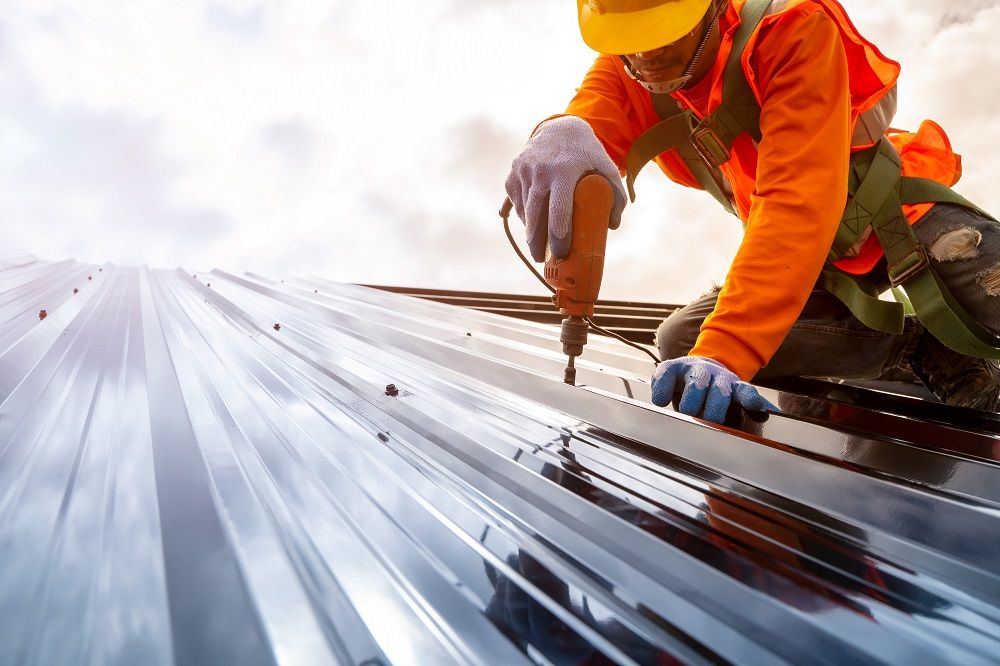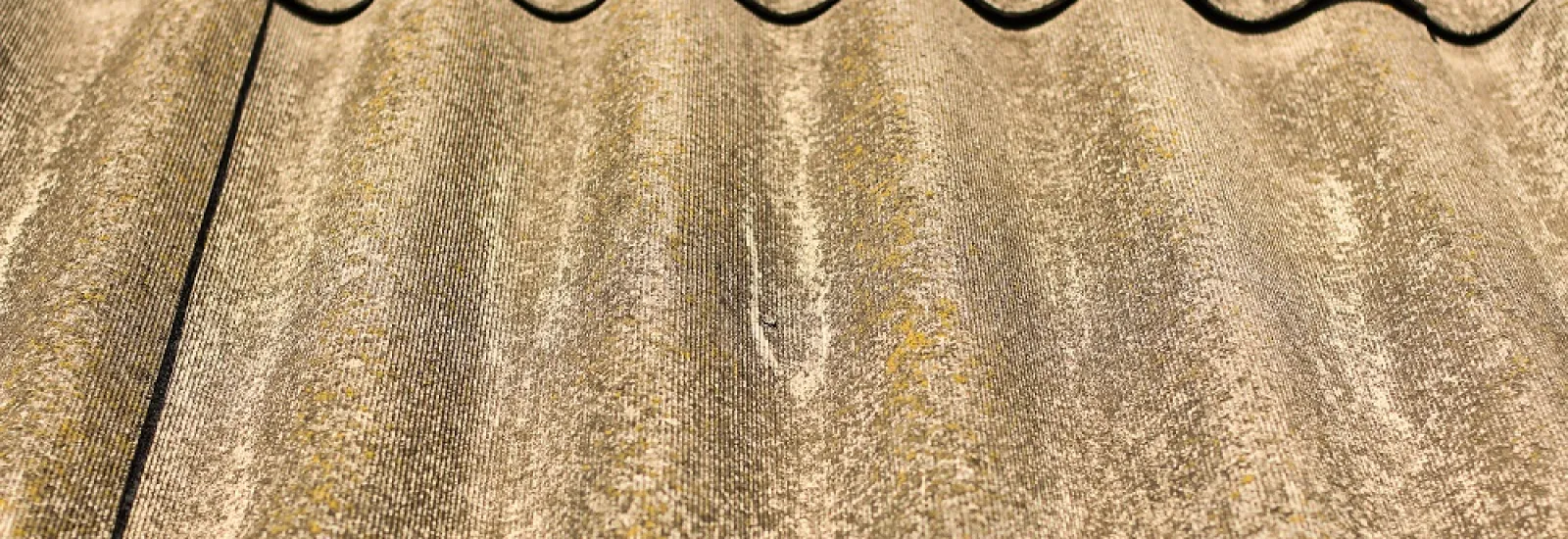Of all the issues you can encounter around the house, roofing problems are probably the sneakiest. Rust, corrosion, and other types of extensive damage typically go unnoticed for years. By the time you realize they're there, your ceiling is already leaking, and mold has already grown in your home. That's why the National Roofing Contractors Association recommends inspection at least twice a year.
Metal isn't safe from these kinds of damage even if it's more durable than most roofing materials. Learn about the telltale signs that your roofing needs repair, so you can have it fixed before it becomes more problematic and expensive.
Scratching and Scuffing
Scratching and scuffing are minor kinds of damage, but the site of abrasions is where the degradation of your galvanized sheeting starts. It's best to repair these marks with a paint pen or coating system as soon as possible, so they don't develop rust and corrosion that could spread to other parts of your panels. You also must minimize traffic on your roof to avoid introducing more flaws.
Punctures and Tears
Tears and punctures are introduced by frequent foot traffic and extreme weather. Caulking is a quick fix, but it's only a temporary solution to the problem. It's still crucial that residential roofers repair it right away. Don't wait for the holes to get bigger.
Loose Fasteners
Fasteners become loose for various reasons, including metal expansion, corrosion, and deterioration of washers. When these issues aren't addressed, the seams and flashing become prone to blow-offs, and it'll start leaking inside your home. Fortunately, it's easy to tighten and seal unsecured nails and screws when they're detected quickly.
Chalking and Fading
Paint doesn't just beautify your roof. It also acts as a protective barrier between the steel panel and the harmful elements that hasten its deterioration process. So, when this coating wears off, the metal is exposed, letting water, moisture, and UV rays slowly destroy your galvanized sheeting.
Before having your panels refurbished, check if you're still covered by the paint warranty. Don't skip this step as you can save lots of money on recoating your roof.
Rust and Corrosion
Different conditions can speed up the deterioration of your roof. If it's frequently exposed to rain and moisture, it's more likely to suffer from rust early on. Using dissimilar materials can be a factor, too. Some metals, such as copper and aluminum, become prone to bimetallic corrosion when put together. And, as mentioned earlier, worn-off paint and any abrasion on the metal surface also shortens the panel's life.
Rust and corrosion aren't always large orange patches on your roof. They can be small streaks and blotches of oxidized material. You should examine the metal surface closely to spot these flaws. Once you notice them, it's time to get in touch with roofing professionals. They'll repair the damage, so it doesn't spread to other areas.

Poorly Installed Roof
The most disappointing thing following a metal sheeting installation is seeing the job badly done. It's when you notice off-centered fasteners and dissimilar materials on your roof. These flaws aren't only unsightly, but they also weaken the structural integrity of your roofing.
You can call the same contractors back to fix the issues, but that wouldn't be practical. It's better to hire a trusted roofing contractor to rework the installation. They can save some parts of your steel panels while repairing problematic areas.
Even though steel panels are strong and durable, they still need proper care and maintenance to last. Call Latite Roofing and Sheet Metal right away if you notice the abovementioned signs of damage after inspecting your galvanized sheeting. Their professional roofers in Naples, FL, will ensure that your roof is in good shape.
